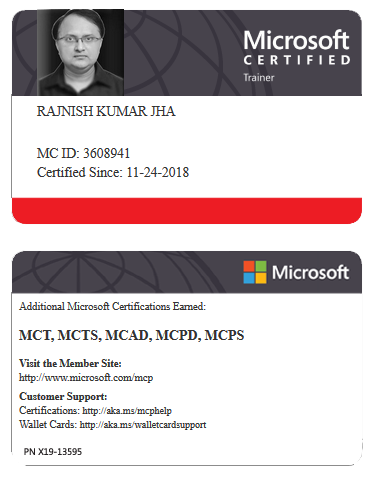Using secrets in a workflow in GitHub
GitHub Actions allows you to securely reference secrets in workflows to manage sensitive data like API keys, tokens, and other confidential information. Below are examples and guidelines on how to use secrets effectively.
1. Referencing Secrets from the Command Line
Secrets can be used directly within shell commands and scripts in GitHub Actions workflows.
Example: Referencing Secrets in Commands
xxxxxxxxxx151nameDeploy to Production2on3 push4 branches5main6jobs7 deploy8 runs-onubuntu-latest9 steps10nameCheckout Repository11 usesactions/checkout@v312nameDeploy Application13 run14 echo "Deploying to production environment..."15 curl -X POST -H "Authorization: Bearer ${{ secrets.DEPLOY_TOKEN }}" https://my-deployment-api.com/deployIn this example:
The DEPLOY_TOKEN secret is securely referenced in the curl command to authenticate the deployment API request.
2. Using Secrets in Conditional Statements (if:)
Secrets can be conditionally used within GitHub Actions by using if: statements to control workflow behavior based on secret values.
Example: Using Secrets in Conditionals
xxxxxxxxxx151nameCheck Environment2on3 push4 branches5main6jobs7 check8 runs-onubuntu-latest9 steps10nameCheckout Repository11 usesactions/checkout@v312nameCheck Deployment13 if$ secrets.DEPLOY_TOKEN 14 run15 echo "Deploy token exists, proceeding with deployment"In this example:
The deployment step only runs if the DEPLOY_TOKEN secret exists.
3. Limitations of Secrets in GitHub Actions
While GitHub Secrets are secure, there are some limitations and considerations:
Scope: Secrets can only be used in workflows triggered by certain events, such as pushes, pull requests, or scheduled workflows.
Visibility: Secrets are only available to the workflow they are defined for and cannot be shared across workflows or between repositories without a custom solution.
Environment Size: Secrets are limited in size (currently 512 KB per secret).
Runtime Limitations: Secrets are not available during some steps, such as within Docker containers or virtual environments.
Retention: Secrets can be manually deleted or rotated, but old values may still be retained for a short period due to caching.
4. Example Using Secrets in a More Complex Workflow
xxxxxxxxxx221namePublish Docker Image2on3 push4 branches5main6jobs7 build8 runs-onubuntu-latest9 steps10nameCheckout Repository11 usesactions/checkout@v312nameLogin to Docker Hub13 usesdocker/login-action@v214 with15 username$ secrets.DOCKER_USERNAME 16 password$ secrets.DOCKER_PASSWORD 17nameBuild Docker Image18 run19 docker build -t my-app:latest .20namePush Docker Image21 run22 docker push my-app:latestIn this example:
The DOCKER_USERNAME and DOCKER_PASSWORD secrets are used to authenticate and push the Docker image securely.
Summary
By effectively using GitHub Secrets, you can ensure secure handling of sensitive information in your GitHub Actions workflows.






















Leave a Reply